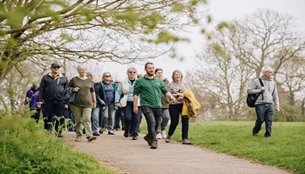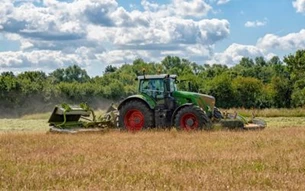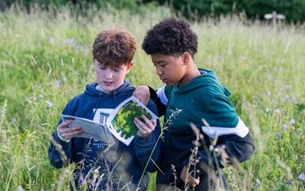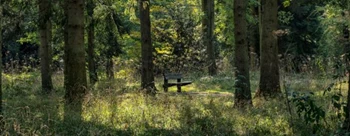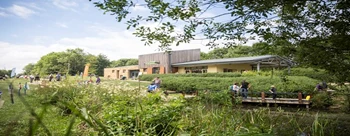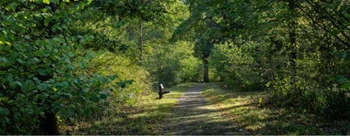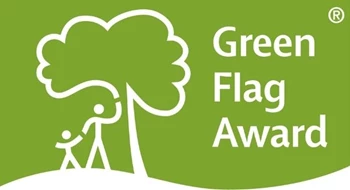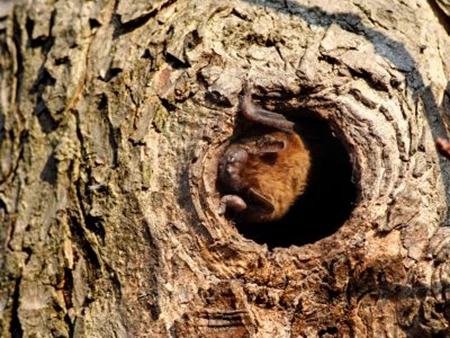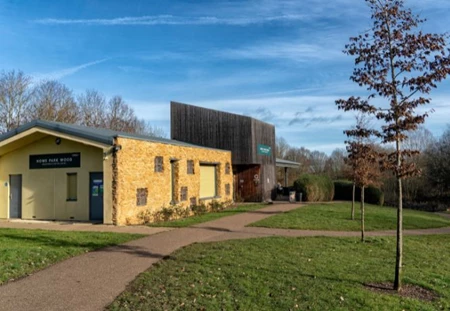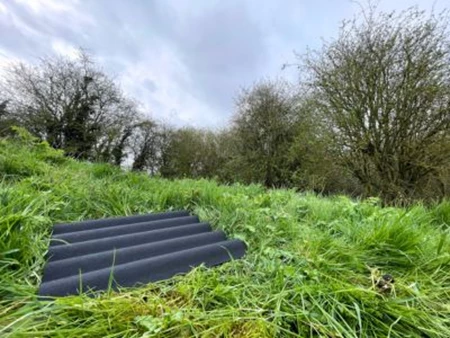Ash Trees in Milton Keynes are at Risk from Devastating Ash Dieback Disease
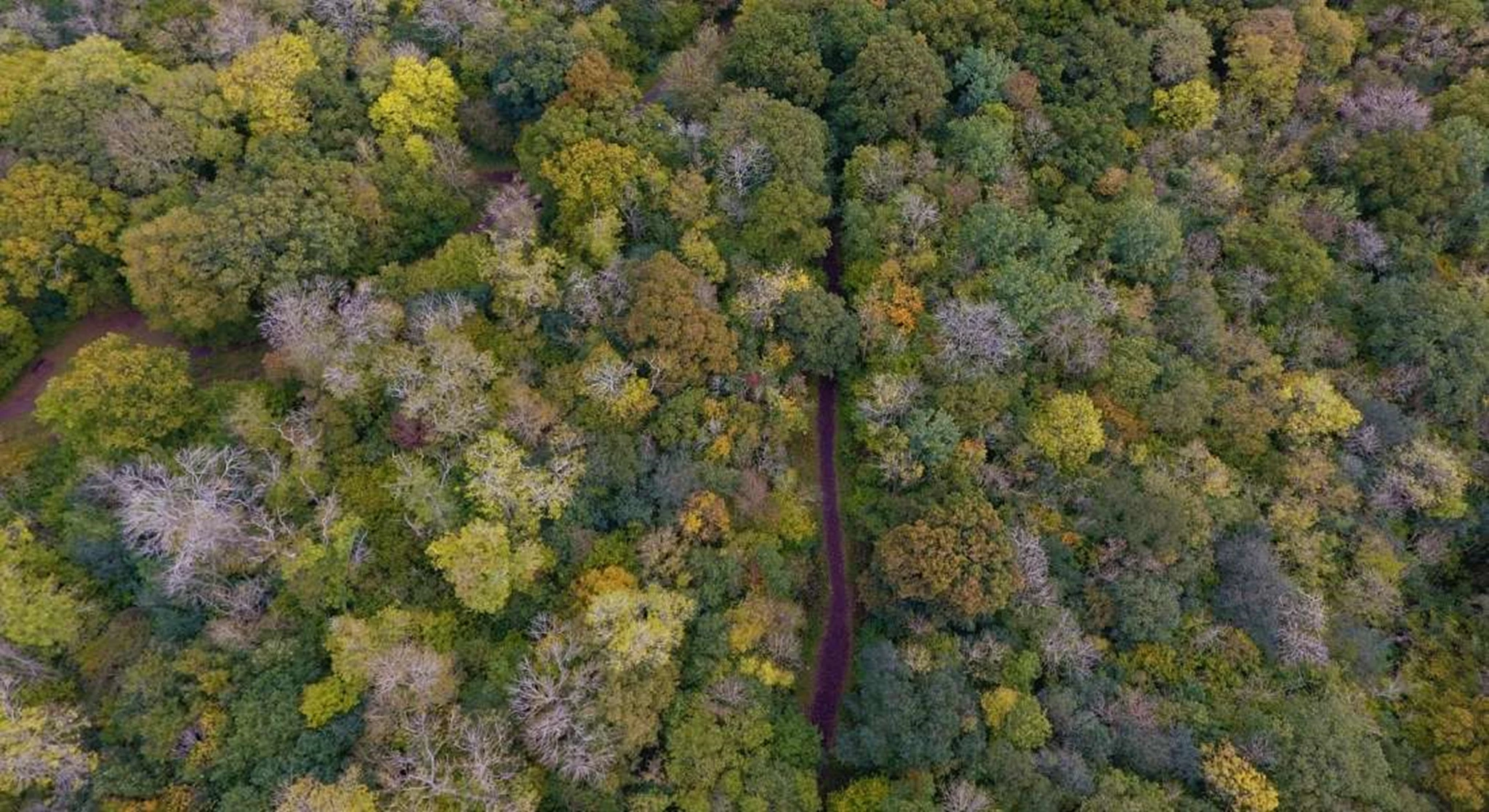
What is Ash dieback?
Owning and being responsible for over 6,000 acres of parks, lakes and landscapes across Milton Keynes, we're currently facing some serious challenges from Ash Dieback which is the fungal disease killing Ash trees. The disease has already swept across Northern Europe and many parts of the UK and now we are finding its presence across Milton Keynes in the mature woodlands and the city’s younger plantations. There is no cure or viable treatment to combat the disease, some trees will be tolerant to it but based on the experience in the rest of Europe only 1-2% of trees have a high tolerance.
What happens to the trees?
As the disease starts to kill trees, they quickly become unstable, are prone to collapse and can shatter in their brittle state. Due to the volume of Ash trees found in Milton Keynes (65% of the upper canopy in Linford Wood is Ash), we are having to take action now to start removing some of the trees before the disease fully takes hold and numerous trees start to dangerously fail all at once. We've identified priority sites for undertaking the removal work based on where the disease is present and the trees that have the potential to cause health and safety issues. These trees will be those close to roads, paths and property and such failing trees are likely to be found on edges of plantations and mature woodlands.
How will you manage the disease?
The Parks Trust have followed advice from the Forestry Commission and Tree Council to help develop plans for managing Ash Dieback which is a devastating disease for Ash trees.
We will start to remove Ash trees in affected areas across the city and continue with our general thinning works, targeting plantations where Ash trees are the dominating species so that we can extend the diversity of species whilst also protecting any healthy Ash. Alternative species that we think have a long-term future in Milton Keynes include; Lime, Hornbeam, Holm Oak, Yew and Field Maple.
As appropriate we will also encourage natural regeneration and we are already gathering Oak acorns, propagating them and planting the saplings in the woodlands as long-term replacements for the Ash. We will continue to monitor the spread of the disease and follow advice from the National Forestry Authority in helping develop our plans to manage this. Part of our thinking and planning (and that is generally advised) is to continue to promote and develop a diversity tree species across our woodlands and plantations, to further protect ourselves from pest and disease attacks wiping whole sections of trees out.
For more information, please view the Forest Research website.

